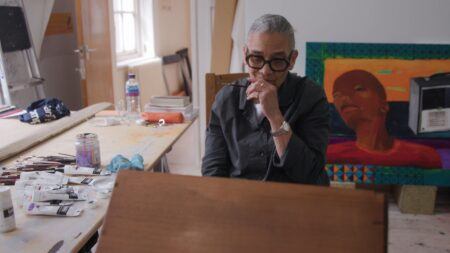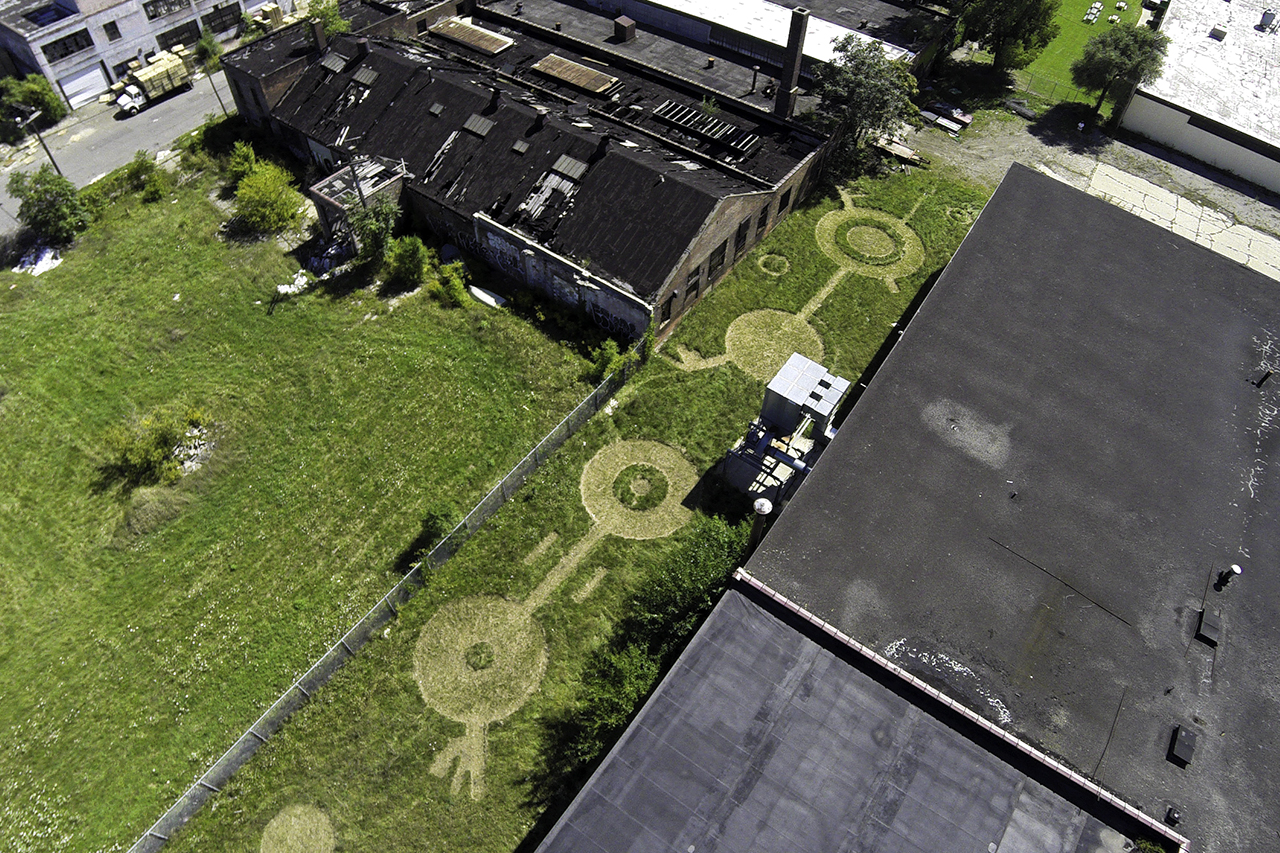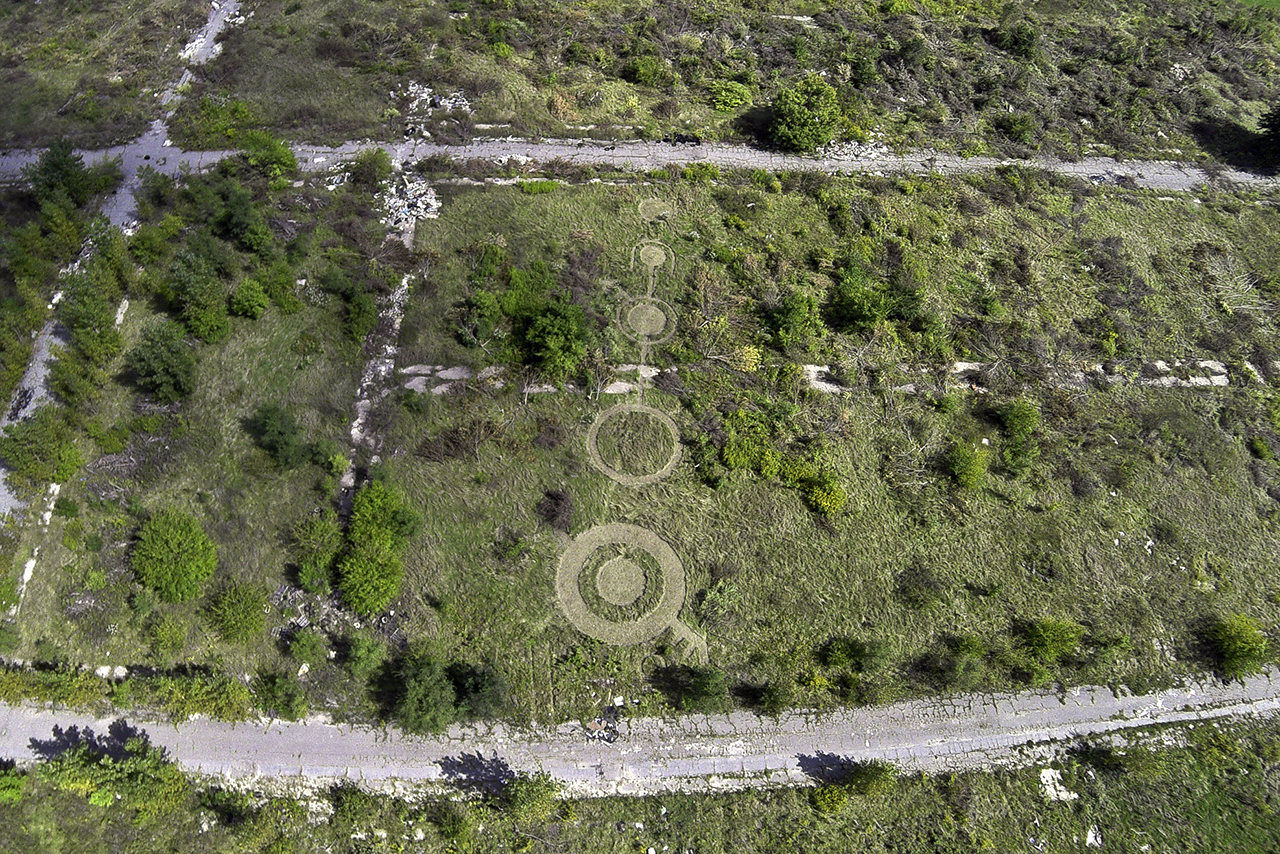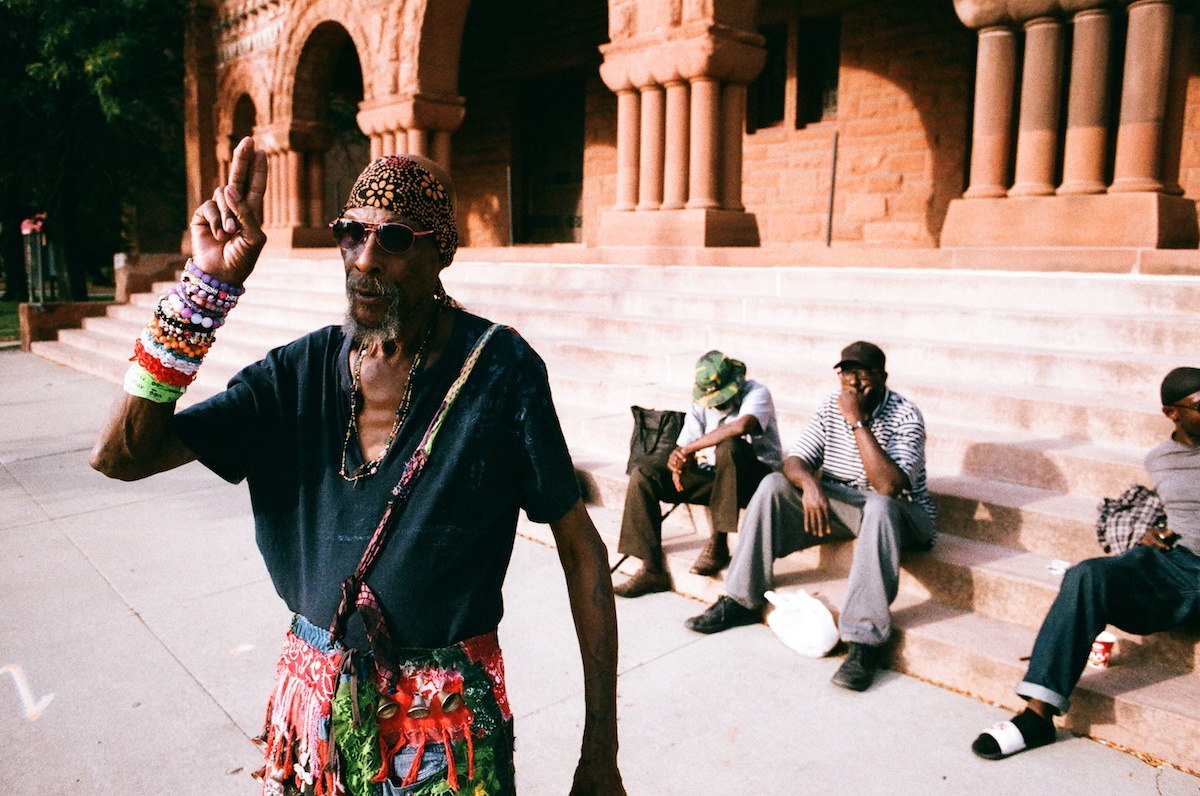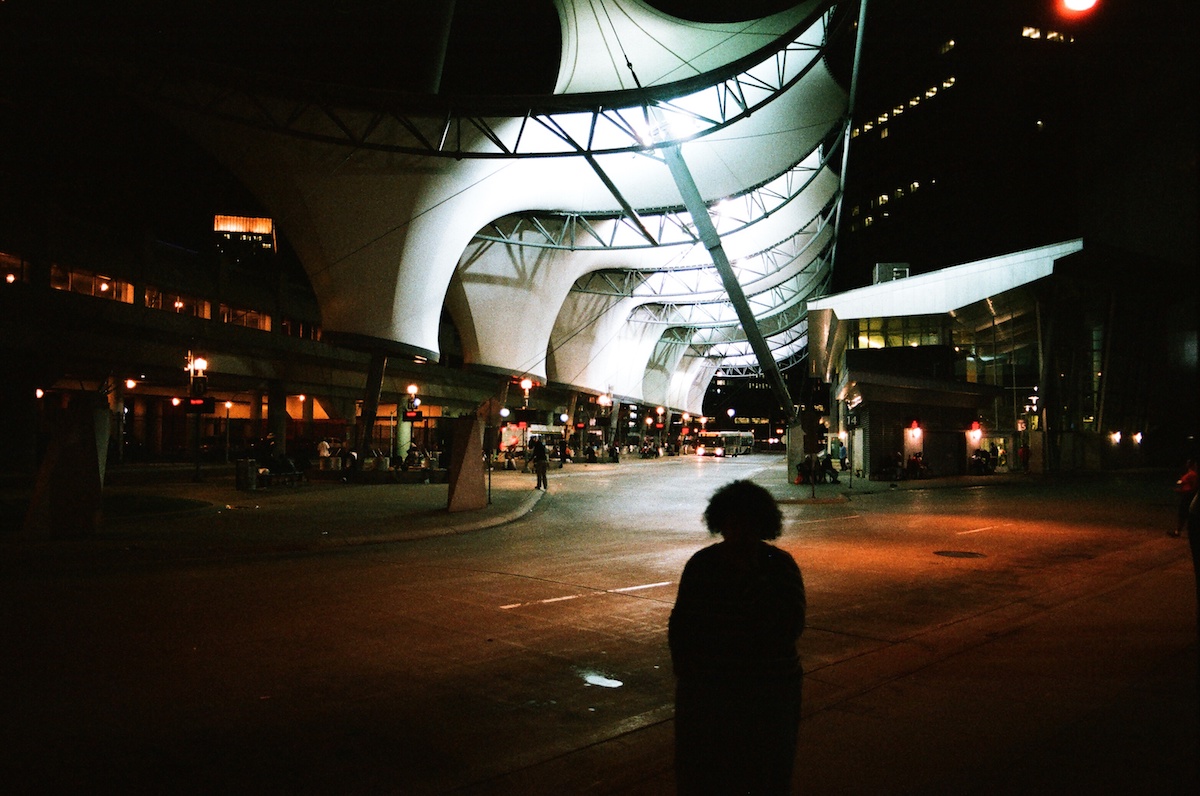Deep Focus
Documenting Detroit: Scott Hocking & Bree Gant
Artist and photographer Scott Hocking is known locally as an informal, stouthearted historian of contemporary Detroit. His knowledge has been earned through a constant pursuit of discovery from two decades of trespassing, documenting, and befriending the post-industrial urban landscape of the city, both natural and architectural. Hocking explains:
“In Detroit, the amount of information in the massive old industrial buildings is incredibly overwhelming—the layers of paint, the layers of history, the layers of material. And the way nature had infiltrated it has made it even more complex. All of your senses are awake. All of your senses become aware because of the unknown.”1
At the time of this publication, he has been out photographing the Delray neighborhood every day for weeks. The area is rapidly being demolished to make way for the new US/Canada border bridge; if he misses today, the buildings will be gone by tomorrow.
Mythology and speculative thinking complement the documentarian aspect of Hocking’s artistic practice. He is incentivized by how future archeologists will see us by the remnants we leave behind. In vacant buildings and fields, he creates his own myths and site-specific monuments of found material that are left to uncertain futures. He draws from symbolic forms of communication that have relevance in both ancient and contemporary times, such as the egg, the pyramid, and the circle. Hocking asserts that we are making the same cyclical mistakes as older civilizations, and Detroit is a consequence of humanity’s short-term memory.
The following are a curated selection of monuments created by Scott Hocking throughout Detroit between 2007-present.
—Laura Mott
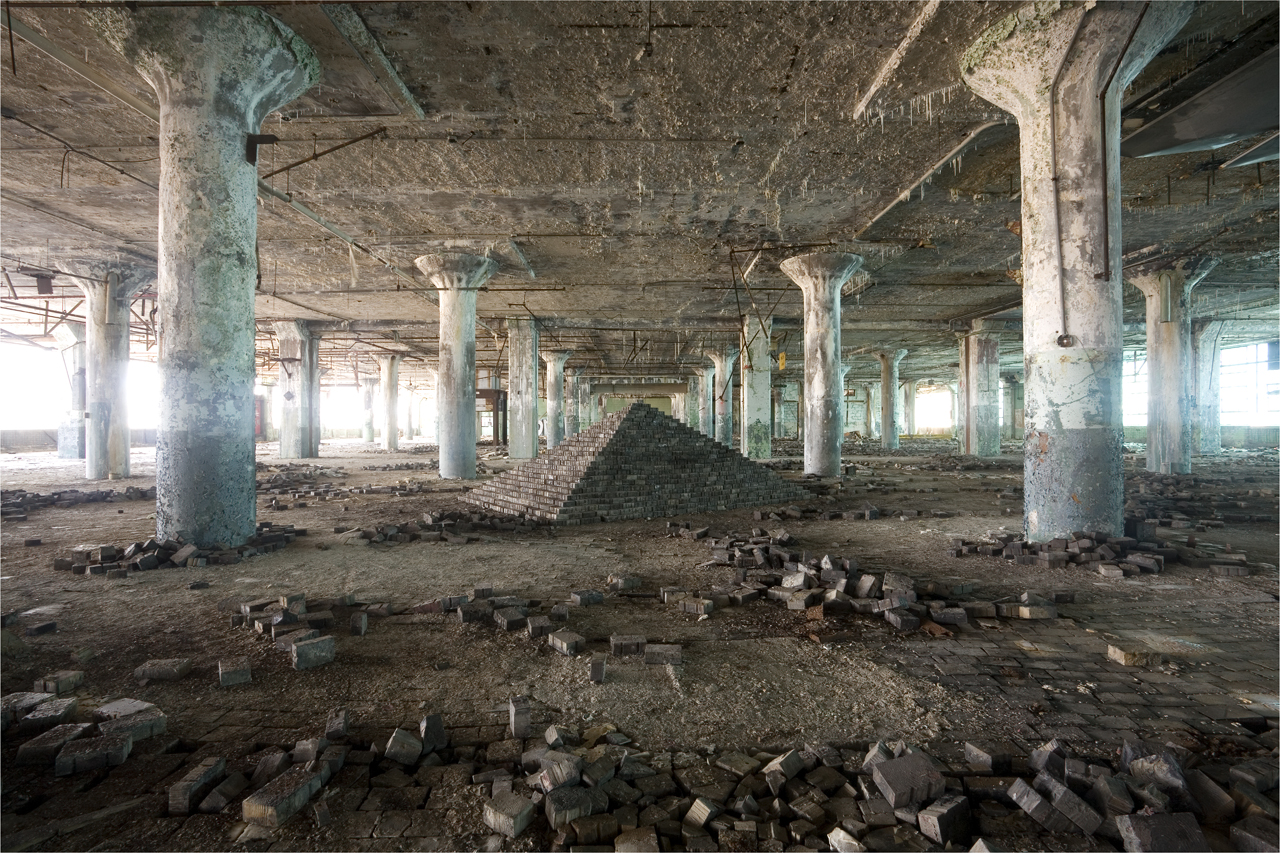
Scott Hocking. Ziggurat, East, Summer 2, 2008. From the series Ziggurat and Fisher Body 21, 2007-2009.

Scott Hocking. The Egg and MCTS #4764, 2012. From the series The Egg and Michigan Central Train Station, 2007-2013.

Scott Hocking. Hephaestus and The Garden of the Gods, Snow, 2009. From the series Garden of the Gods, 2009-2011.
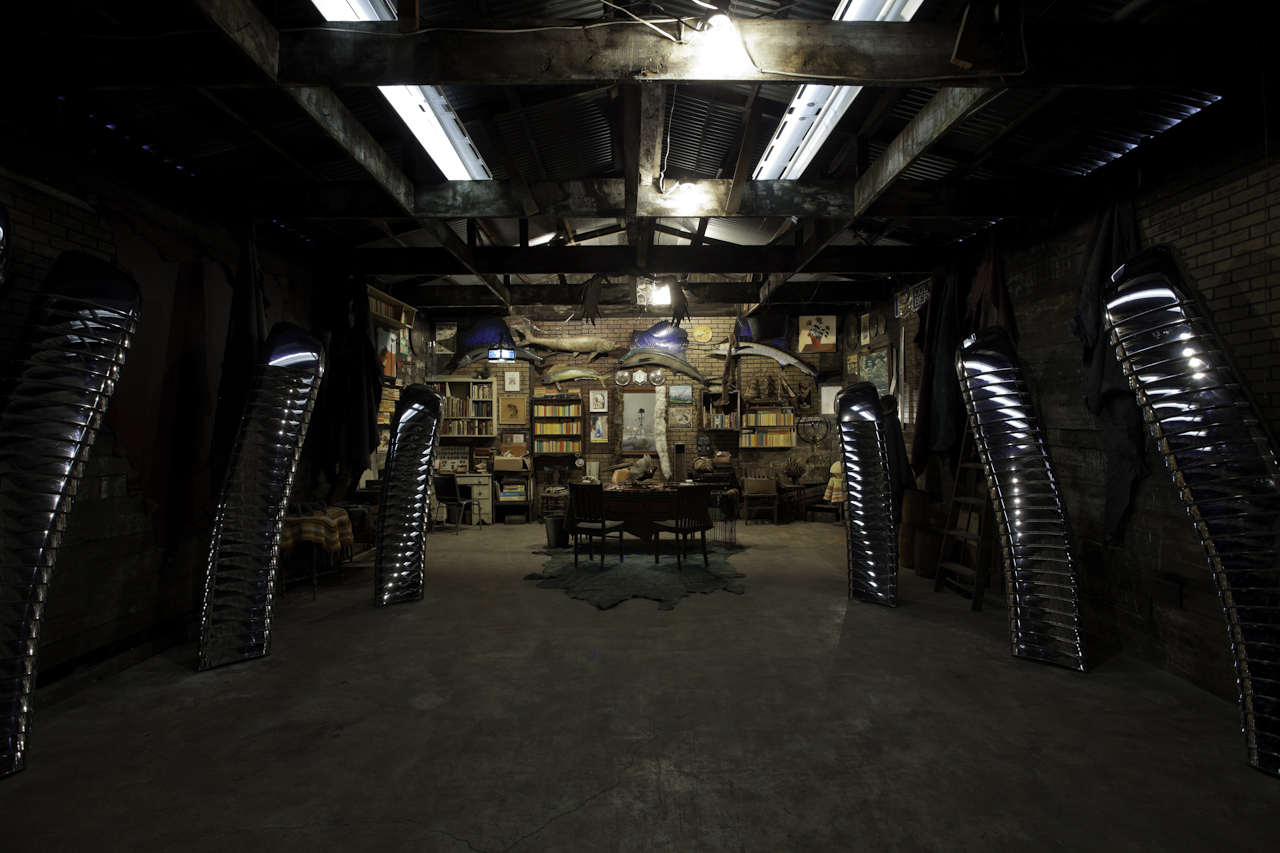
Scott Hocking. Narcissus Incorporated, 2015. Permanent installation in a former Pickle Factory / Standard Motor Truck shed.
Bree Gant is a “Detroit-bred visualist” and documentarian capturing the nuances of contemporary culture and style within the city. Bree’s work can be likened to the street photography of Detroiter Bill Rauhauser and Harlem visual griot Jamel Shabazz. Gant contrasts concurrent narratives (both factual and mythical) with her own stories, in an effort to empower lifelong Detroiters who are being marginalized in the city’s renaissance.
One of her more recent projects, Aunt DDot, captures residents riding the Detroit Department of Transportation (DDOT) bus system throughout the city. This work is wildly relevant due to the recent $140 million dollar M-1 rail streetcar project,2 which spans only 3.4 miles from the downtown center and serves a small portion of Detroit’s residential density, approximately 140 square miles.3 Since 100,000 Detroiters rely on the bus routes for work, school and sustenance, many argue this money should have gone to strengthening this transit system given the majority of lifelong Detroiters live outside of the redeveloped downtown area. The series Aunt DDot captures the quintessential style of Detroiters, exhibiting a sense of proud regality. Gant’s images in Aunt Ddot are emblematic of a declaration made by ethnographer Aimee Meredith Cox in her 2015 book Space Shifters: Black Girls and the Choreography of Citizenship: “like being Black in America, being a Detroiter [is] a badge you polished every morning and [wear] with pride despite (or often because of) its implications.”
—Taylor Renee Aldridge
1. Mott, Laura. “Coyotes, Movies, and Myths: Conversation with Scott Hocking” Big Car Collaborative, July 4, 2016.
2. Harding, Matt. “Big ambitions for Detroit’s M-1 Rail system.” M1 Rail News, February 25, 2015.
3. Davidson, Kate. “Detroit has tons of vacant land. But forty square miles?” Michigan Radio, April 18 2012.
